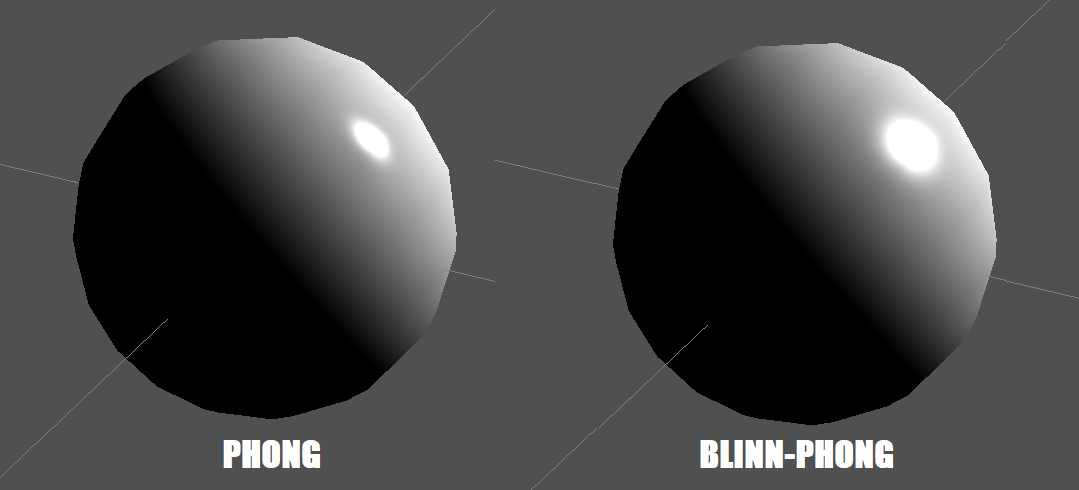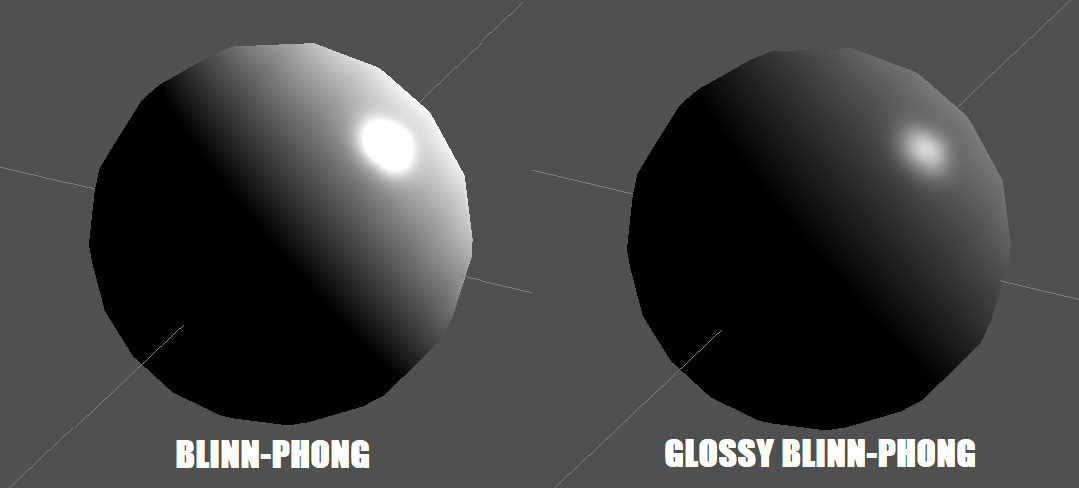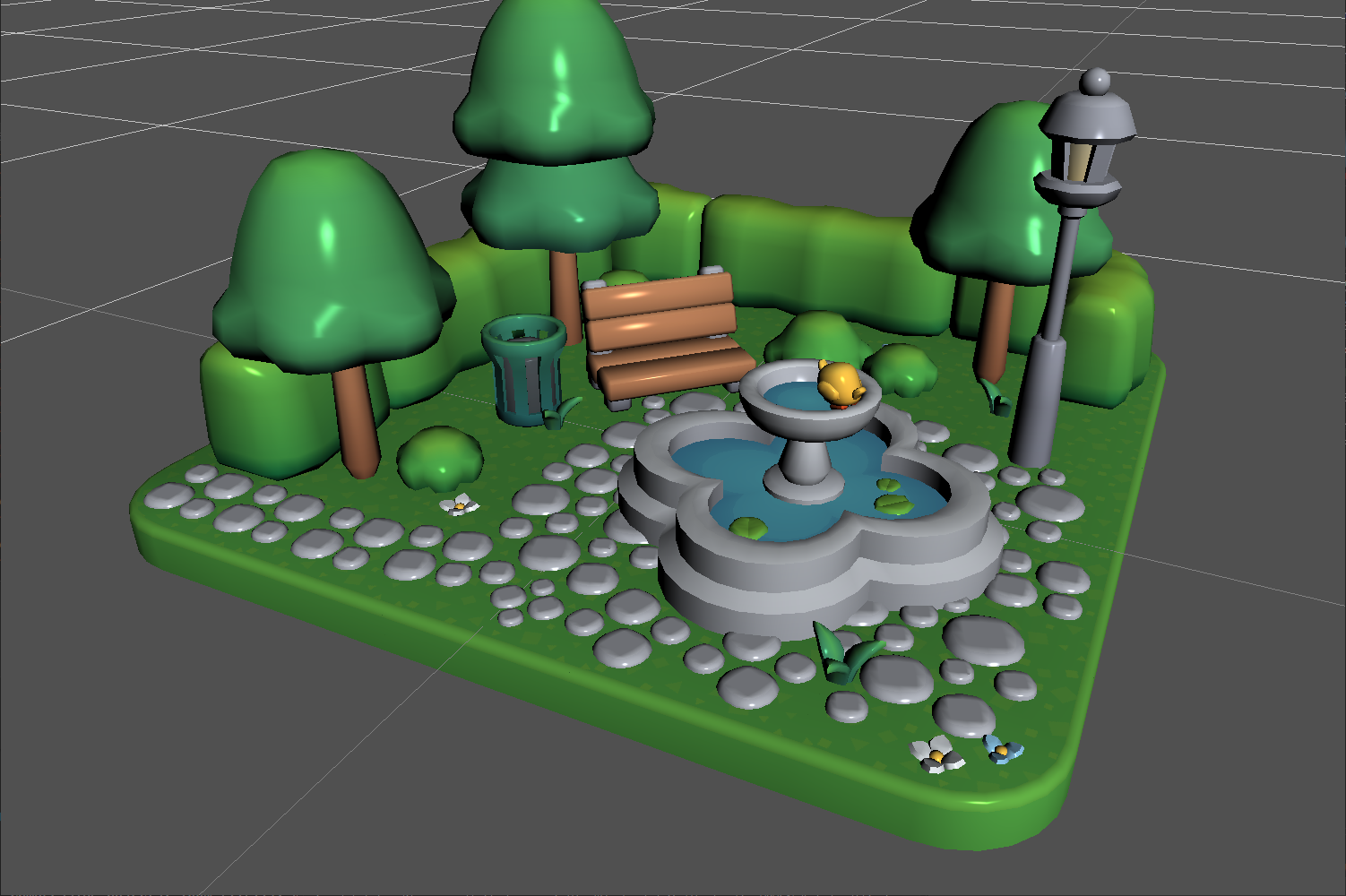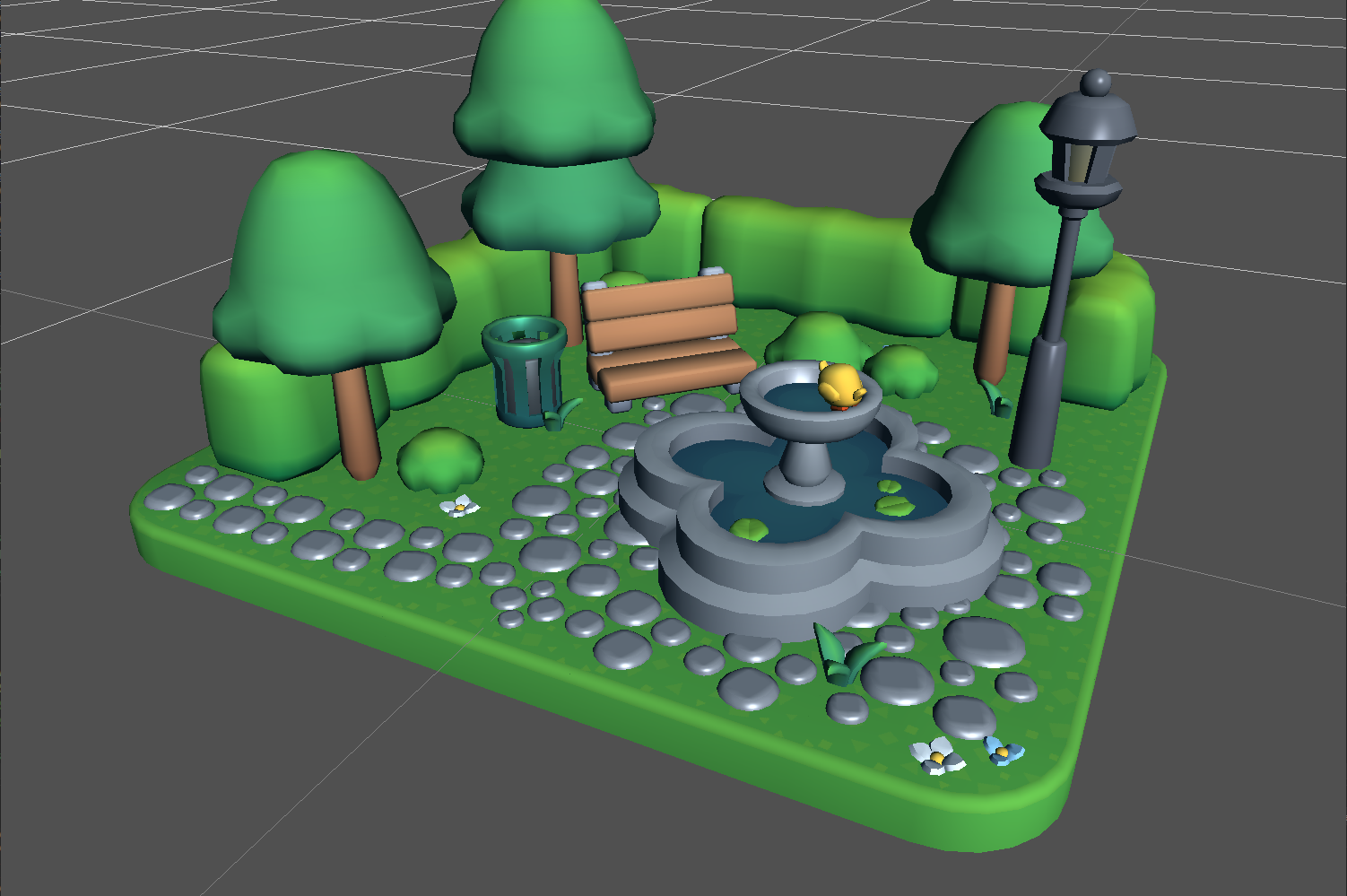Blinn-Phong
So turns out Jim Blinn tweaked Phong’s shading so it would be more efficient, which gave us the Blinn-Phong model we all know and love today.
Instead of calculating viewDir · reflectionDir per frame, as we did before, Jim uses a half-vector viewDir + lightDir and compares that with the normals of the fragment.
Since the normals are calculated in the vertex pass, they are calculated once for N fragments. It saves us the reflect(L, N) call per fragment, which is nice.
void main()
{
vec3 N = normalize(fragNormal);
vec3 L = normalize(lightDir);
vec3 viewDir = normalize(viewPos - fragPosition);
// Predefined light directions, like sunlight, need to be inverted
vec3 halfVector = normalize(-L + viewDir);
float onlySpecular = max(0, dot(halfVector, N));
vec3 specular = specularTint * pow(onlySpecular, smoothness * 100);
finalColor = vec4(specular, fragColor.a);
}
Plus, it also makes elliptical speculars possible when viewed at a steep angle, which is more realistic! A classic win/win situation.

To make those just a tad more realistic, we are going to darken the albedo in relation to the specular tint, to simulate glossiness:

And here is our park again, a comparison between the two:


The most noticeable differences are the fountain and the cobblestones.
If you made it this far...
Thank you! I hope you liked it!
I do not allow comments in my blog because I do not want to deal with bots. However, feel free to contact me!
And if you would like to support my work, please, consider doing so through ko-fi:
